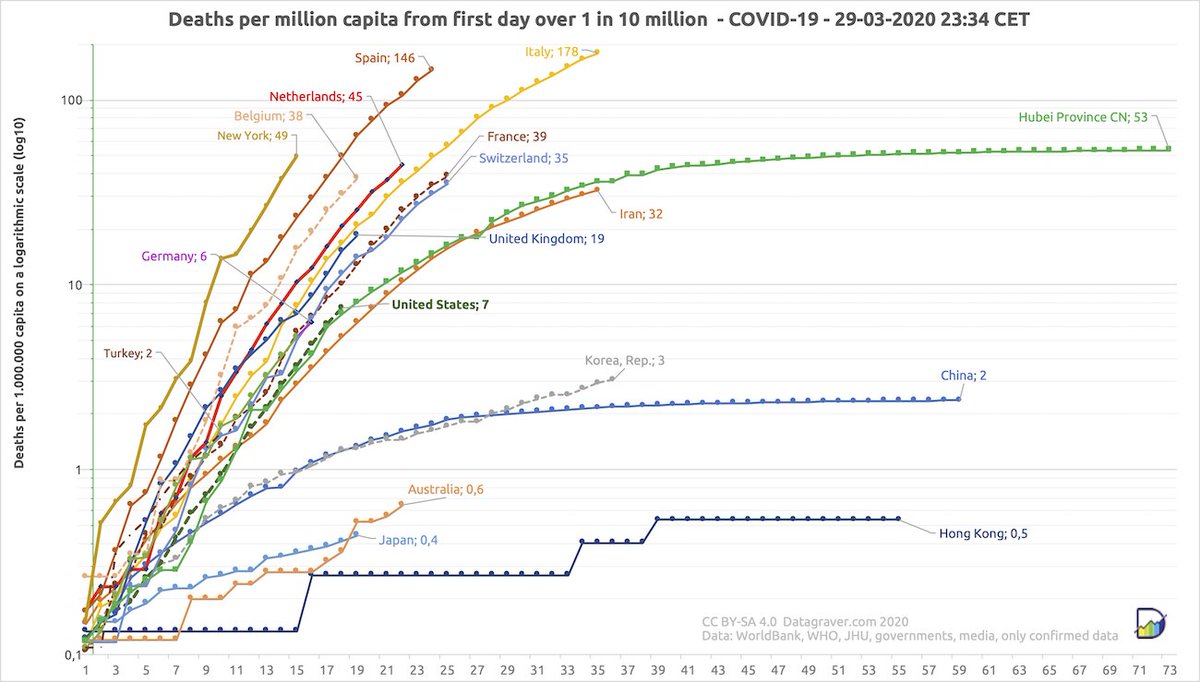Just a quick note to those who are in a secure financial situation right now. If you can manage it, move your planned annual donations up and donate now instead of (or, if possible, in addition to) doing it at the end of the year. Nonprofits are struggling, especially those which serve an already economically insecure segment of the population. Having cash on hand today is really important.
Food banks, food runners, and education foundations that are trying to provide food to schoolchildren who typically qualify for free or discounted breakfast/lunch are at the top of my list, but there are obviously a myriad of others.
I recognize not everyone feels secure enough financially to shift things around, but if you do, it's something to consider.
Food banks, food runners, and education foundations that are trying to provide food to schoolchildren who typically qualify for free or discounted breakfast/lunch are at the top of my list, but there are obviously a myriad of others.
I recognize not everyone feels secure enough financially to shift things around, but if you do, it's something to consider.




